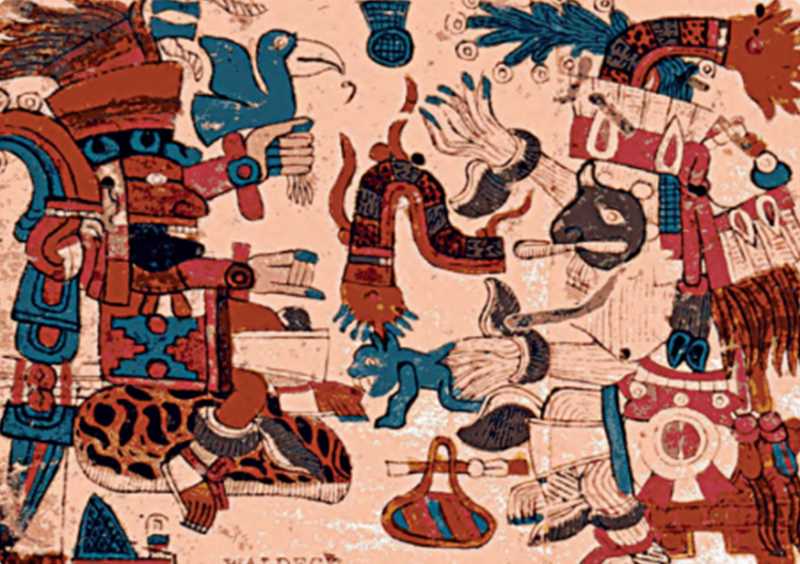New Insights into the Aubin Tonalámatl Codex
Aubin Tonalámatl Codex is a pre-Hispanic divinatory manuscript, likely from the Basin of Mexico, used for naming ceremonies and religious rituals. Despite claims of Tlaxcalan origin, new research suggests otherwise. Its complex history involves theft, diplomatic disputes, and return to Mexico.

The Aubin Tonalámatl Codex, utilized by Mesoamericans for religious purposes such as naming individuals and conducting ceremonies, exhibits no European influence and is speculated to have originated in the Basin of Mexico, according to María Isabel Álvarez Icaza Longoria, a researcher at the Institute of Aesthetic Research (IIE) at UNAM. These recent revelations regarding the provenance and historical context of the codex hold significance, as previous assumptions placed its creation during the colonial period, likely originating from Tlaxcala.
“Most scholars have considered this pictographic manuscript to be from the colonial era, and we have questioned it. Sometimes we have prejudices that if it does not have such a refined technique it is colonial and if its technique is very neat, then it is pre-Hispanic.




